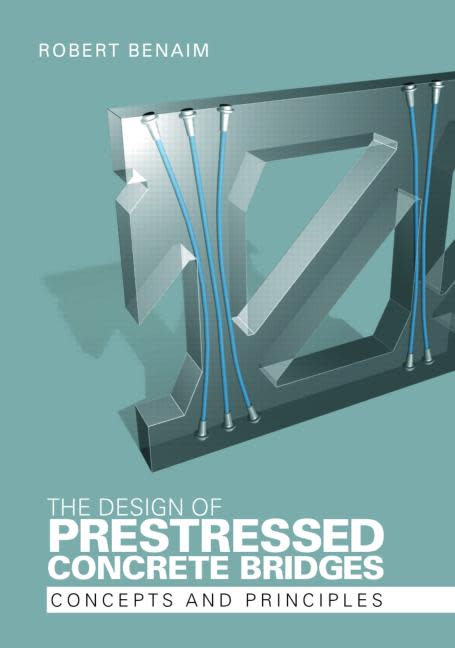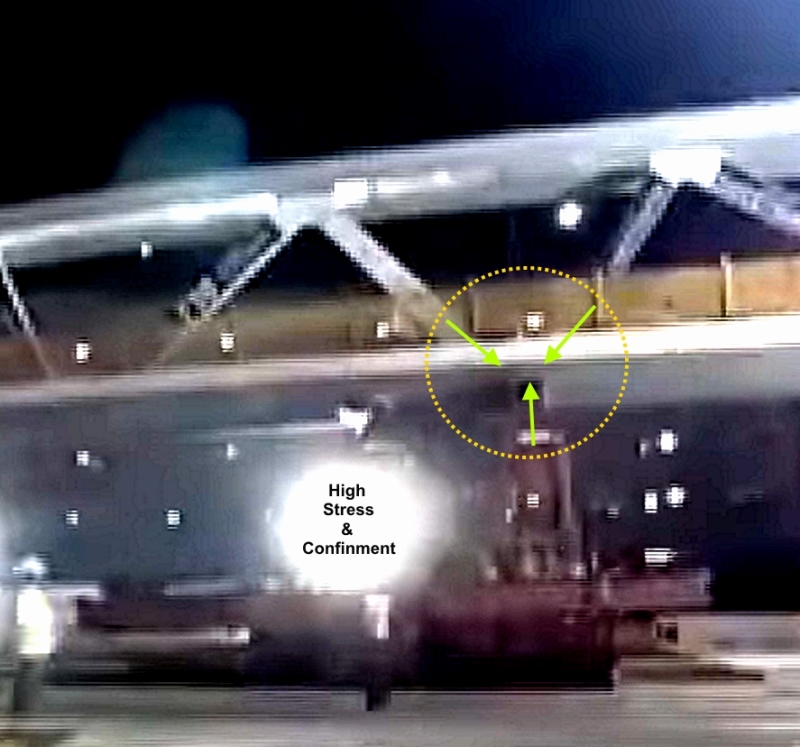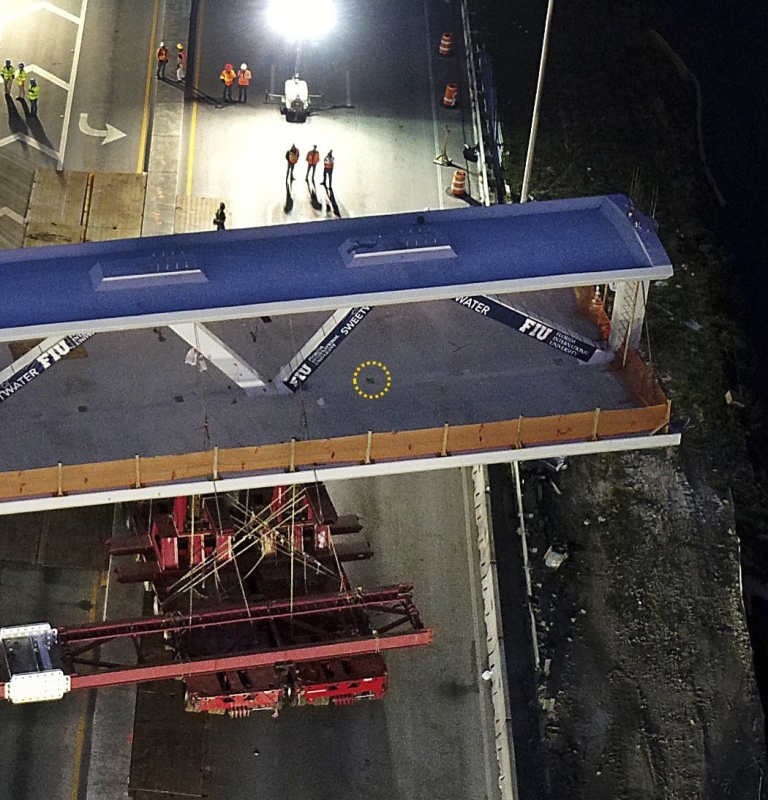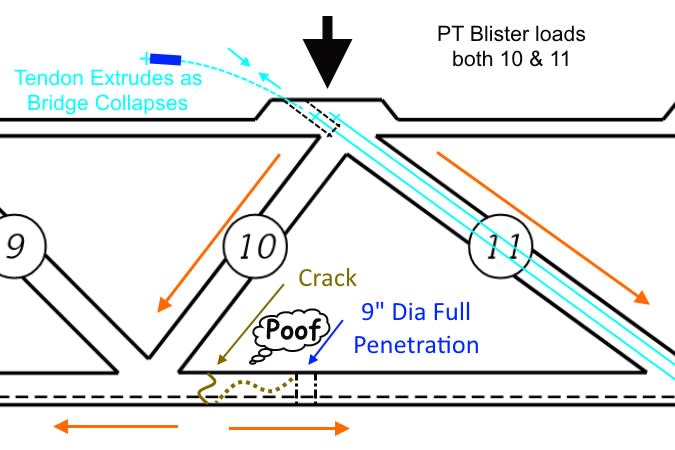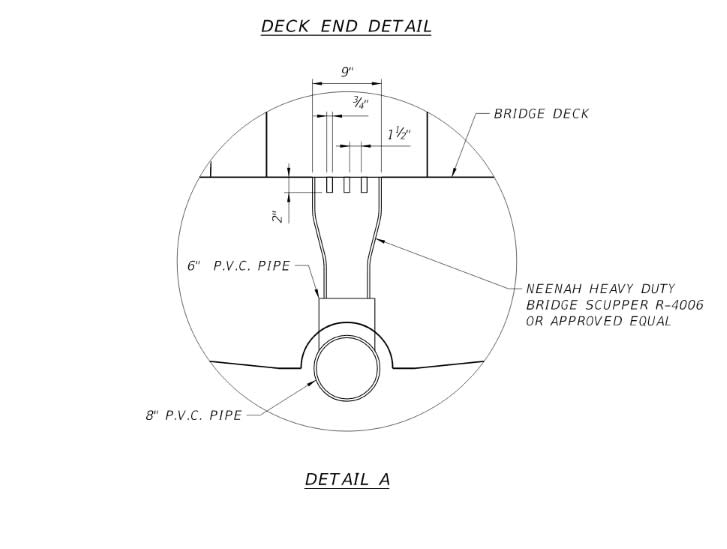Lnewqban said:
Additional questions about the tensioning process for anyone that may know:
1) Can the plastic flow of the steel, prior snapping, be seen in the gauge or be informed to the operator by some kind of alarm?
2) If so, does the hydraulic machine have any automatic device that prevents it from applying additional tension to the cable/tendon/tensioner beyond its yield point?
3) Can the machine fail in a way that excessive force is applied (failing switch, inaccurate gauge)?
The stressing equipment used on this project at the time of collapse was very simple in design and use. Basically a 10,000 psi MAX pressure hydraulic pump (electrically operated, with a wired remote), with a 4-way valve (controls fluid directional flow), a gauge, a set of hyd hoses that connect to a center-hole, double-acting ram/jack, that sat upon a big-a$$ stressing stool/chair whereby the 'stressor' can turn the nut.
This hyd design/setup is about 40 years old - tried-and-true. Simple.
Stressing equipment gets calibrated, typically every 6-12 months, and sometimes right before significant use. It is usually calibrated as a 'system' - the pump, jack, gauge - using a load-cell, and traceable back to NIST standards.
If you have a 200 ton jack setup on a 150 ton capacity PT bar, then it is possible to fail the bar during stressing. BUT this did not happen on this project. The PT bar did not undergo tensile failure.
The answer to all three of your questions is a general 'NO'.
There is equipment that is more sophisticated, and incorporates displacement gauges and in-line load cells, etc., but not particularly well suited to typical field operations.
A more specific answer to your question #3 is more to do with operator error (or stupidity?) than equipment malfunction. A hyd pump and a 4-way valve is very simple in operation. Provided the operator is trained and experienced in stressing, knows what the stressing force (gauge pressure) is, then seldom (very seldom) do bars get overstressed. There are also pressure relief valves on pumps and rams to avoid overload above 10,000 psi (700 bar).
Keep in mind that the 1-
3/
4" grade 150 ksi bar was stressed to 280 kips (max), about 70% of UTS. The bar has a ultimate tensile strength of 390 kips - so for an operator to go way beyond 280 kips - all the way close to 390 kips (40% more) - would take a huge screw-up.

